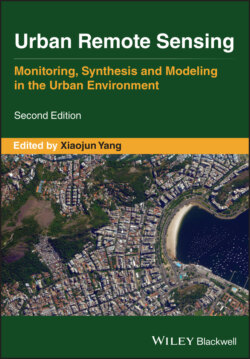Читать книгу Urban Remote Sensing - Группа авторов - Страница 67
3.7 SUMMARY AND OUTLOOK
ОглавлениеOverall, the future of UAS in urban remote sensing is promising. Although UAS photography cannot substitute satellite imagery or conventional aerial photos, it does address the need for low‐cost, high‐resolution data being collected quickly and repeatedly. The potential of UAS has been explored in many different areas of urban applications, such as infrastructure inspection, disaster relief efforts, physical disorder detection, and the construction of smart cities. The major challenges faced by UAS missions include legal regulations of air space, logistic planning, safety, privacy, and data protection issues. In particular, there are no universal regulations or standards for the operation of UAS in nonsegregated airspace. Each UAS mission needs to be planned based on the local regulations in terms of the location and mission context. It is necessary to consult relevant departments about the legality of the mission in countries with incomplete institutions for UAS. The required certificates should be obtained before the mission starts. For urban UAS missions, logistic planning can be challenging given the dynamics by nature in urban environments and increased risks of collision with obstacles. Privacy and data protection are also important in the operation of UAS in the civilian sphere. Concerning UAS data quality, post‐processing and evaluation are usually needed to ensure that the products meet the research‐specific accuracy requirements, and GCPs can play a role in improving the product locational and geometric accuracies.
Besides, several technical issues have been identified that can improve the use of UAS in urban areas. Specifically, robust navigation systems should be designed to address the signal occlusion and multi‐path effects caused by urban structures; more intelligent autonomous operation modes will need to be developed to account for the issue of urban obstacles; more sophisticated data processing systems should be developed that can help improve the limited performance of currently small, lightweight platforms; and automated path planning systems are urgently needed. There is still much room for the UAS technology to develop and improve for urban remote sensing. A surge of UAS applications in urban studies can be foreseen when regulations have been developed to better integrate UAS into the general airspace and when technologies have been improved for better UAS urban operations.
